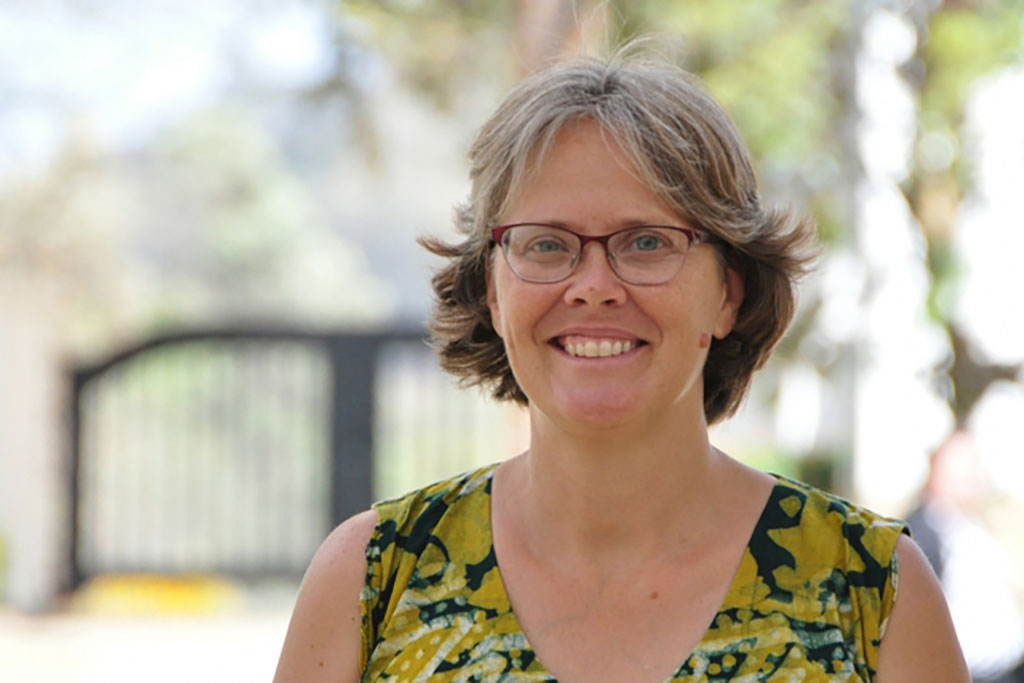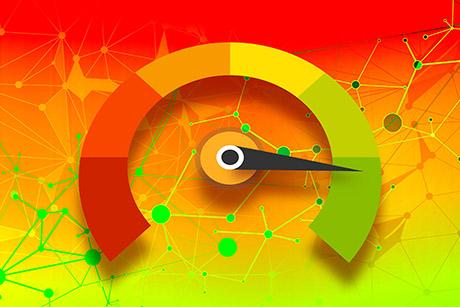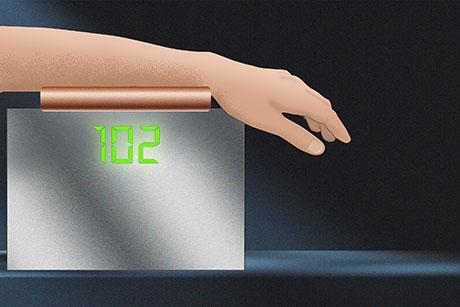Designing for a more equitable world
This October marks 15 years since Amy Smith, a celebrated inventor and educator, founded MIT D-Lab, which works with people around the world to develop practical solutions to global poverty challenges.
D-Lab classes, research groups, and programs are connected to communities in countries including Botswana, Brazil, Colombia, El Salvador, Ghana, Guatemala, India, Indonesia, Haiti, Ghana, Mali, Morocco, Nicaragua, Pakistan, Peru, Philippines, Tanzania, Uganda, Zambia, and others.
A senior lecturer in the Department of Mechanical Engineering, Smith recently sat down with the School of Engineering to discuss her love of teaching MIT students about international development work, equitable collaboration, and life in the field.
Q: What motivates your teaching philosophy?
A: My classes focus on the theory and practice of development while equipping students with a practical toolkit for the field. We take it up a notch from lab work to experiential learning. I want students to understand the importance of water pumps because they’ve carried water on their heads. To know that sanitation is important because they’ve used a pit latrine and can appreciate how it could be improved.
I emphasize training them in a kind of empathy with the people in the field, an empathy that is built upon respect. At MIT, we often equate intelligence with formal education. You’re told that you’re one of the brightest people in the world because you’re here. And while this is indeed a hotbed of brilliant people, the truth is that the world is full of brilliant people who just didn’t have the same opportunities as you did.
In the field, we work with people who design amazing engineering solutions, and they may only have a primary-school education. Development is not only done by those privileged with plenty of funding and equipment at their disposal. We want students to work with humility in collaboration with community partners, and recognize that development is largely accomplished by the people in a country working for their fellow citizens.
Q: What do you see as the role of design in development?
A: I believe that it’s not just the products of design that have an impact in development, but that the design process itself is empowering. When people create a solution to a challenge they’re facing, it transforms the way they think about themselves. We teach MIT students to work with community partners to engage in the problem-solving process. Students see the transformation for themselves — people develop a sense of pride, accomplishment, and even joy.
Q: How do you characterize the design process for your students?
A: We characterize design for development in three ways. Each approach has a really solid place in development.
First, you design for the users. You can do a good job of human-centered design that incorporates learning and expertise from the users. Sometimes that’s the appropriate way to go, and sometimes you need more. For instance, I’m working on a project on the xylem water filer with Rohit Karnik, an associate professor of mechanical engineering, to introduce a low-cost filter that will be affordable to the poorest households. The degree of technical research involved is immense. So the question becomes: When is it appropriate to involve outside expertise? The water filter requires absolute quality control or we risk life-threatening consequences. You want experts in such a case. I mean, I have confidence in my engineering ability, but I don’t really want to create my own heart valve if I need a new one — I’d like someone with a little more relevant experience than I have.
Second, you design with the users. The cornerstone of our classes is taking students to do field work in co-creation with engineers and community partners. Students learn we’re all designers working together on a project, and wonderful things result from collaborating with the people who are experiencing the challenge they’re trying to address. Community partners aren’t just customers, and we’re not just consulting. A co-creative process builds capacity in both partners. Sometimes co-creation gets muddied. People adopt the role of expert as opposed to recognizing they’re entering a pool of expertise. It’s a really powerful thing to make that mental shift. Our students are nearly always amazed by how much they learn about engineering from community partners.
Third, you encourage design by users. A lot of times people don't believe in the capacity of people who live in poverty to design solutions to their own problems. But who better to understand the context and the potential solutions? We teach creative capacity building. We look for projects that involve teaching the design process to our partners in the field. Students learn to mentor and support that work. For instance, two years ago, I worked with MIT students on co-creative capacity trainings in Uganda. This summer, I visited with several teams that trained with us. Even though the project ended a couple years ago, the teams still gather on Saturdays to design things. They are doing something about things that bother them. They are thinking of ways to generate income and improve their lives. They have changed the way they think about themselves, and what they can do in the community. I believe that’s the heart of international development. It’s wicked cool.



